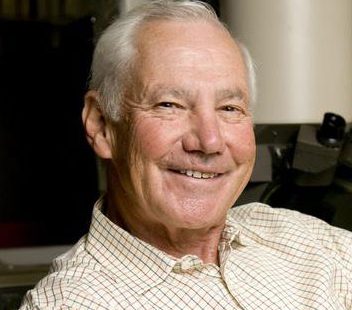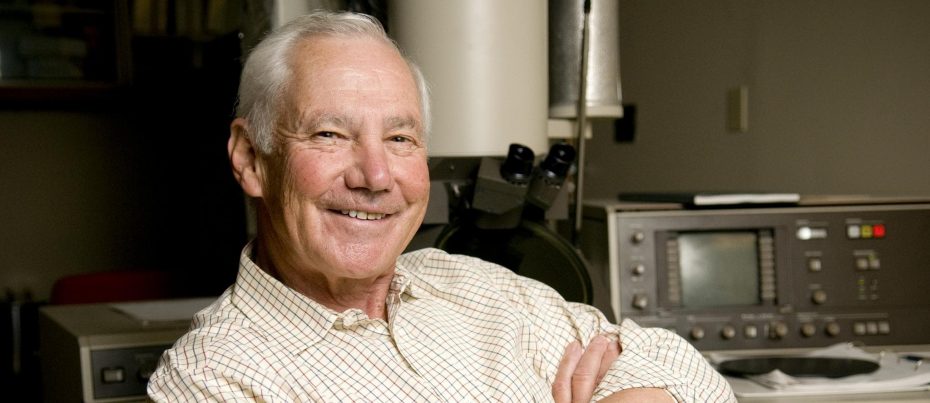The Great Depression took a heavy toll on Edward B. Lewis and his family, closing his father’s jewelry shop and compelling Lewis to take time off after graduating high school in 1929 to work and save up money for tuition. Luckily, Lewis squeaked by after landing a scholarship to Bucknell University for playing the flute, then switching to the University of Minnesota, partially for its low tuition fees, and completing his bachelor’s degree ahead of schedule. If he hadn’t, the world may have never known one of history’s great geneticists.
Lewis’ defining discovery is the identification of homeotic genes, which map an organism’s body plan. In his work with fruit flies in the 1940s, Lewis realized that manipulating the insect’s bithorax genes determined the number of legs or wings it had, and later that the Polycomb gene — which his wife Pam actually discovered first — activates the homeotic genes along different parts of the body. Lewis later learned that these types of genes are present in all animals, and that he had effectively cracked one of the basic building blocks of life itself.
By Lauren Clason







